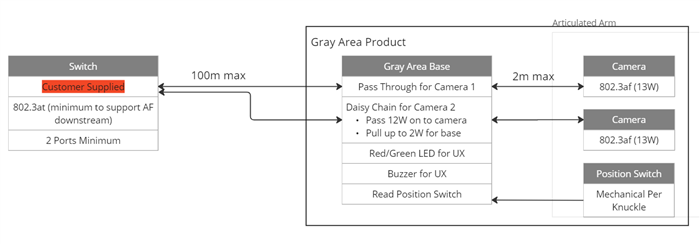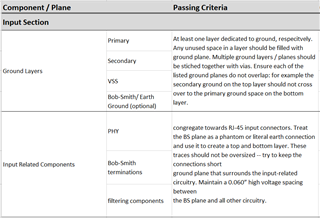I have a design that uses the TPS2372 and TPS23861PW to implement a PoE "daisy chain" application. I have worked with the TI Power engineers and have recevied valuable feedback on the PoE portion of the design. They suggested I work with this forum for my remaining PHY questions.
The design has 2 ethernet paths: a passthrough; the PoE connection. My questions are in regards to routing the Ethernet differential pairs and the ground planes underneath. The attached Word document lists my questions. I can also provide Altium files and/or Gerbers if necessary.
Any help will be greatly appreciated.



